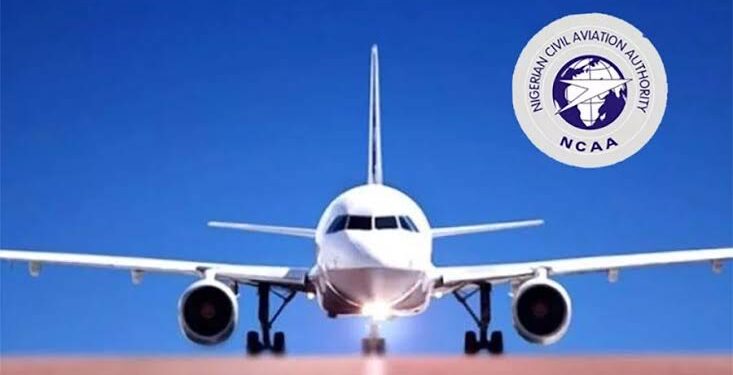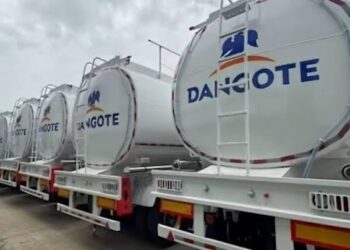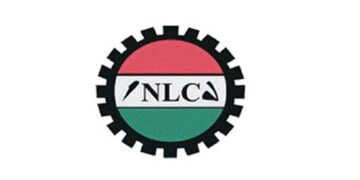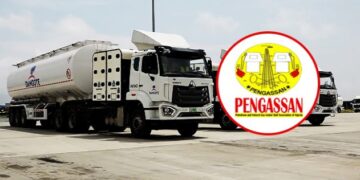Passengers are constantly plagued by cargo delays at Nigerian airports due to a shortage of aircraft to transport goods from one state to another.
The number of aircraft serving multiple passengers on domestic routes has decreased as Nigerian airlines have been downsizing their fleets due to high maintenance costs.
Some airlines have been sending aircraft overseas for maintenance but are now unable to return them due to rising costs caused by the currency crisis.
Even some airlines that use local maintenance companies have been forced to bear significant costs and abandon some aircraft, reducing the number of aircraft available for passengers and cargo.
According to a Reporter’s review, some airlines have been forced to ground their aircraft by the Nigerian Civil Aviation Authority (NCAA) as they are unable to send their aircraft for maintenance. In addition, the suspension of Dana Air, a relatively low-cost airline with six aircraft, also had a negative impact on domestic fleets, reducing the number of aircraft available for cargo.
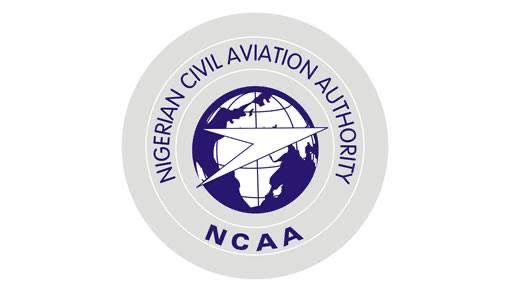
“On a daily basis, we have an average of 50 to 60 tonnes, but this has been really affected by the capacity in the industry. The cargo that we are looking for now is aircraft belly cargo, not the freighter,” Remi Jibodu, aeronautics/cargo and chief operating officer, at Bi-Courtney, said in an interview.
“Even though we are talking to a couple of airlines that want to bring in freighters, the truth is that we can even go up to 80 tonnes in a day. We can’t do that now because of the current capacity.”
Jibodu said the suspension of Dana Air also had a severe impact on cargo volumes, as Dana Air’s aircraft have large bellies that can accommodate large amounts of cargo.
“Arik Air does not operate as many flights as it used to. Aero has stopped the cargo. Even at that, we are still pushing and processing almost 50 tonnes on a daily basis,” Jibodu explained.
He noted that people still bring produce from their farms to the airport terminal for transport to other states.
Jibodu assured that some of the cargo handling challenges will be resolved with the commissioning of a 25-tonne capacity digital cold storage facility in Bi-Courtney that will store perishables passing through Terminal 2 of the Murtala Muhammed Airport (MMA2).
According to data obtained by Journalists from the Nigerian Civil Aviation Authority (NCAA), the 13 national airlines operating in Nigeria operate a total of 91 aircraft. The data includes aircraft under maintenance.
A source close to the NCAA told Journalists that, excluding the grounded Dana Airlines, more than half of the 91 aircraft are under maintenance, putting strain on the few aircraft that are in operation.
A report review also showed that five years ago, when 10 domestic airlines were operating Nigerian routes, there were more than 120 aircraft in the country.
Experts say the reduction in aircraft has made travel exclusive to the wealthy, creating monopolies on certain routes. “It has been a challenge having to move goods out of the airport in good time because there are no aircraft on ground,” Favor Ugwuanyi, a businesswoman, told Journalists.
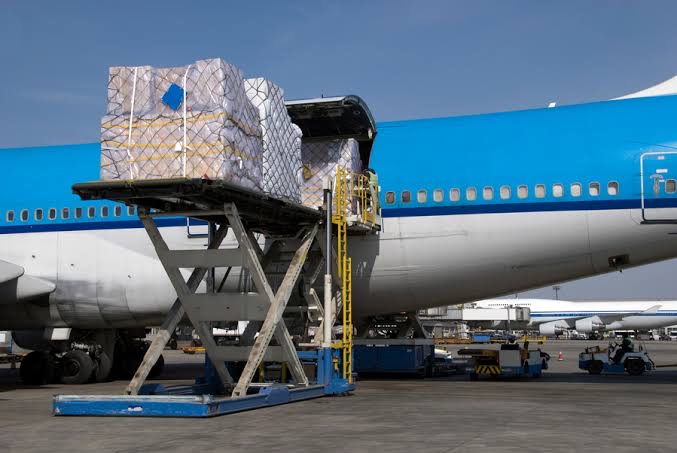
Ugwuanyi, who deals in mobile phones, told Journalists that it used to take an average of two to five hours to transport goods from Lagos airport to Port Harcourt, Asaba, or Owerri airports, depending on flight schedules.
But now, it takes about two to three days for the goods to reach their final destination as there are no planes to transport the products or the capacity of the planes on the ground has reached full capacity.
Another businessman who deals in agricultural products, Tunde Kudirat, told Journalists that some of the produce was sent back due to a lack of planes for transport.
Kudirat, however, said the initiative to provide cold storage facilities would go a long way in preserving some of the products until they can be transported by air.
“I prefer to move my goods through the airport, even though it costs more, because of the speed at which my customers get them. This key advantage has been eroded by the scarcity of aircraft around the airports,” he said.
According to experts, there is an average amount of cargo that an aircraft can carry to ensure proper balance during takeoff, landing, and cruising.
For example, the maximum takeoff weight of a Boeing 737-800 is about 80,000 kg (175,000 lbs). This includes the weight of the aircraft, about 41,000 kg (90,000 lbs), and the weight of fuel, about 18,000 kg (40,000 lbs). This leaves about 20,000 kg (45,000 lbs) for passengers, cargo and crew.
Seyi Adewale, CEO of Mainstream Cargo Limited, told Journalists that cargo transported through the airport includes personal items and possessions, perishable goods, company documents and parcels, and goods whose final destination is outside Lagos.
Adewale said another category could include specialized cargo that is not suitable for road transport, such as ICT equipment and devices.
He said the current challenge of aircraft shortage has exposed the “frailties and underbelly” of Nigeria’s aviation sector.
“It further reveals that our present operating environment does not favor the foreign direct investment (FDI) into the aviation sector.
“The exchange rate conversion for funds repatriation does not really favour the external investor because sourcing FX can be challenging,” Adewale said.
He said freight forwarding and clearing companies face three key challenges.
“First, the capacity for customers to pay associate, emerging or rapidly increasing airline rates is tested with lots of talking and negotiating back and forth with the customer. Second, the cargo spaces are very limited and very competitive.
“Third, any time lag between an airline offer and actual sale or pickup is punitive to the forwarder and also to the customer, depending on the type of agreement reached on all sides. The airlines now execute shorter validity periods, understandably though.
“The potential implication of this is that the ‘niceties’ air freight offers are gradually diminishing because operational efficiency is being lost, inclusive its attractiveness, speed of service, fast, timely, and efficiency,” he explained.
To address the current challenge of fragile equipment shortages, airports, and handling operators need to be creative and innovative, developing the capacity to limit the bridges, challenges, and difficulties faced by airlines.
This could be an additional source of revenue in the short to medium term, compensating for modest infrastructure investments, he said.


